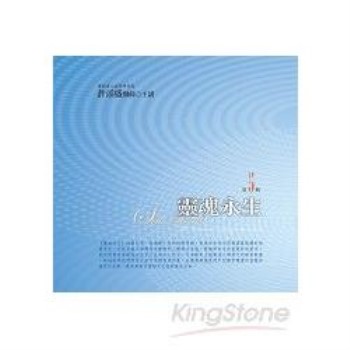What is soy bean?
Soybean (Glycine max) is a relatively new crop in Africa. During recent years its production has increased significantly, due in part to research advances in "tropicalizing" the legume.
Most grocery stores carry a variety of soy products, including soy milk, imitation meats and infant formulas. Unlike most plants, soy is a complete protein, which means it contains all essential amino acids. This allows soy to replace animal products, which are the usual dietary sources of complete protein, and makes soy a welcome addition to plant-based diets.
Soy bean Products
A. Soy Milk
Grinding, soaking and straining soybeans creates a mild-tasting liquid known as soy milk. Soy milk is usually a suitable replacement for dairy milk. Vanilla and chocolate soy milk are often sold alongside unflavored soy milk, which are all typically packaged in aseptic containers. A 1-cup serving of soy milk has 104 calories, 6 grams of protein and 3.5 grams of fat, on average. Fortified soy milk is a good source of calcium, iron, vitamin B-12 and vitamin D.
B. Tofu
Soybean curd -- or tofu -- is created by curdling soy with a coagulant. Tofu, which has minimal flavor, can absorb seasonings and flavorings easily. Firm tofu is dense and useful in stir fries or soups. Soft tofu is mushier and works in place of yogurt in smoothies. A 1/2-cup serving of firm tofu has 88 calories, over 10 grams of protein and 5 grams of fat. Creamy desserts using tofu are common in grocery stores, as are plain blocks of tofu with
varying firmness. Most Asian markets carry fresh tofu, which has a smoother texture and flavor.
C. Soy Sauces
Soy sauce is one of the most common soy products available. This dark brown liquid with a salty taste is made by fermenting soybeans. Shoyu and tamari are common varieties of soy sauce and are typically available in different levels of darkness. A 1-teaspoon serving of tamari has 4 calories and 335 milligrams of sodium. Vegetable, meat and tofu dishes often call for soy sauce, but it is even used in some cookie recipes.
D. Soybean Oil
According to The United Soybean Board, most margarines, shortenings and salad dressings contain soybean oil. In addition, most of the "vegetable oil" you see in the grocery store is pure soybean oil. The American Heart Association lists soybean oil as a safe fat for maintaining health and longevity. A 1-teaspoon serving of soybean oil has 40 calories, 4.5 grams of fat and less than 1 gram of saturated fat. Soybean oil is mostly flavorless, making it a non-intrusive ingredient in most dishes.
E. Other Soy Products
Soybeans are an incredibly versatile ingredient used to make numerous products found around the world. A few examples include whipped soy topping, soy cheese, soy yogurt, soy nut butter, soy grits, soy ice cream, soy meat alternatives and soy nuts. Yuba, which is a thin sheet made from soybeans, is useful for making wraps and soups; tempeh is a pressed, fermented block of soybeans; miso is a fermented soybean concoction used in soup; natto is a sticky, fermented soybean dish.












